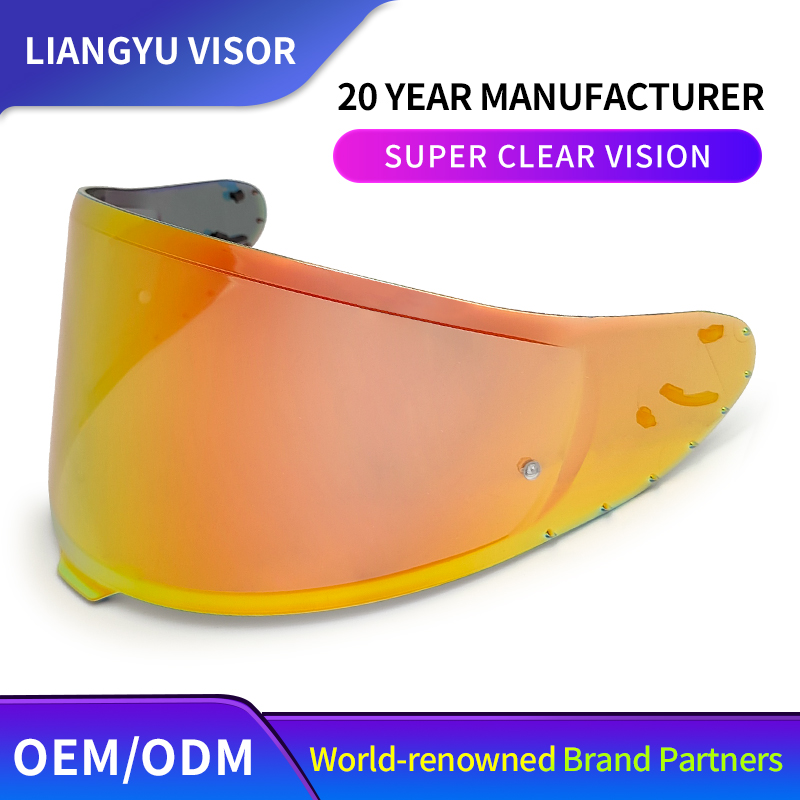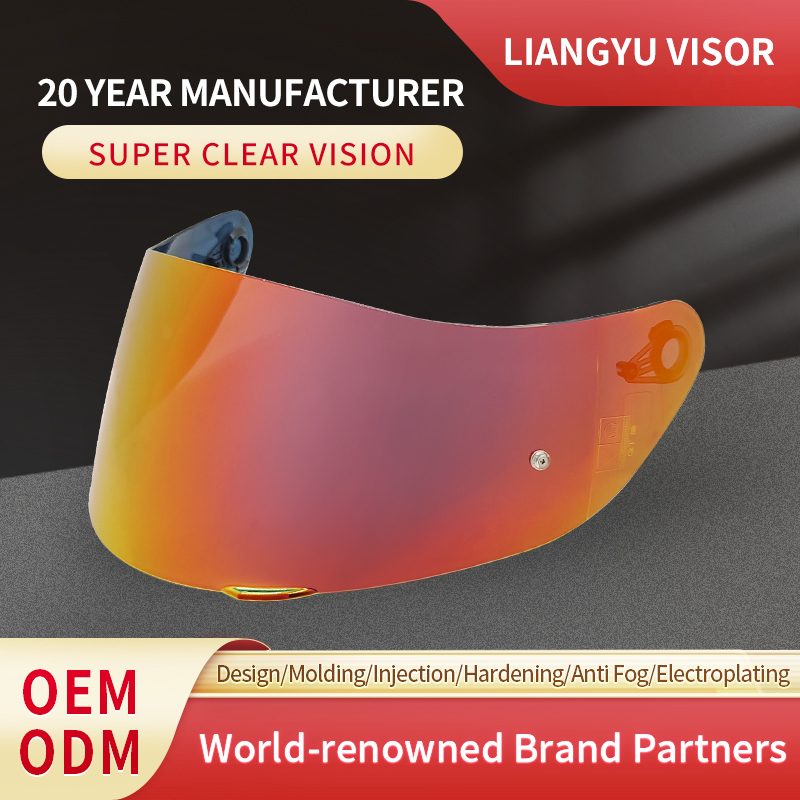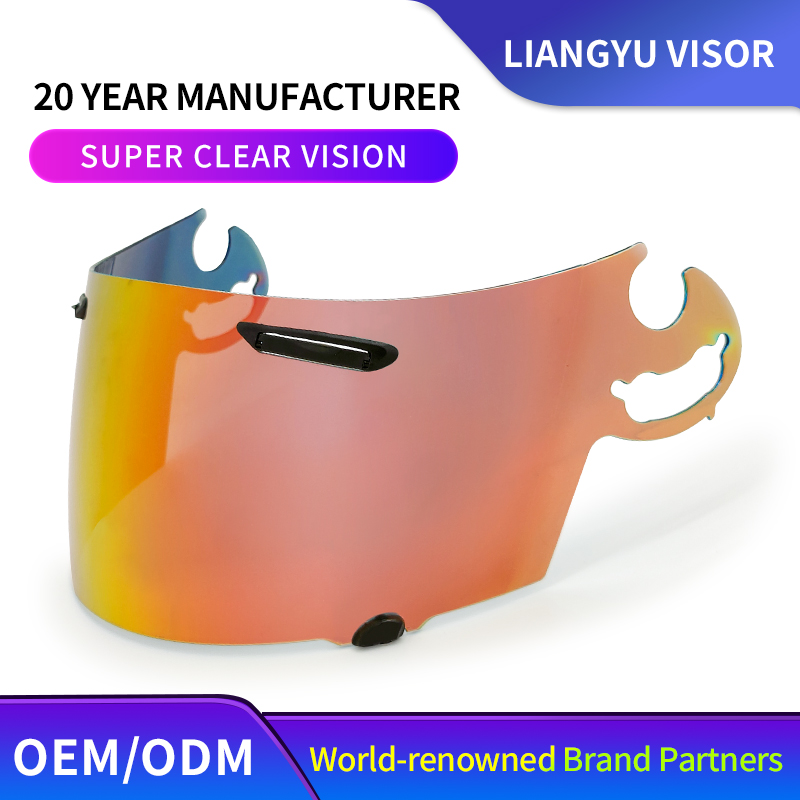carbon fiber helmets motorcycle molding process
Carbon fiber helmets are a popular choice for motorcycle riders due to their lightweight, high-strength construction. The molding process for these helmets involves several steps to create a durable and safe product.
The carbon fiber helmets motorcycle molding process begins with the creation of a mold, which is typically made of metal or plastic. The mold is then coated with a release agent to prevent the carbon fiber from sticking to it during the molding process. Next, layers of carbon fiber are laid into the mold and infused with resin. The mold is then placed in a vacuum bag and heated in an oven to cure the resin and bond the layers of carbon fiber together. Once the helmet shell is complete, it is trimmed, sanded, and finished to create the final product.
Are carbon fiber helmets safer than traditional helmets?
Carbon fiber helmets are typically lighter and stronger than traditional helmets, but safety depends on several factors such as fit, design, and certification. Always choose a helmet that meets safety standards and fits properly.
How do I know if a carbon fiber helmet is a right size for me?
Like all helmets, carbon fiber helmets come in a range of sizes. To find the right size, measure the circumference of your head and consult the manufacturer's size chart. Be sure to try on the helmet and check for a snug, comfortable fit before purchasing.
Can I customize a carbon fiber helmet?
Some manufacturers offer custom options for carbon fiber helmets, such as color and graphics. However, be sure to check with the manufacturer to ensure that any customization does not compromise the safety or integrity of the helmet.
How should I care for my carbon fiber helmet?
Carbon fiber helmets should be stored in a cool, dry place and cleaned with mild soap and water. Avoid using harsh chemicals or solvents, which can damage the helmet's finish. Check the manufacturer's instructions for specific care recommendations.
Are carbon fiber helmets more expensive than traditional helmets?
Carbon fiber helmets can be more expensive than traditional helmets due to the cost of materials and the labor-intensive manufacturing process. However, prices can vary widely depending on the brand and features.
We offer the expertise, experience and quality and to be able to offer you reliable carbon fiber helmets motorcycle molding process.
RUNKE team was established in 1999, we have 20 years of experience in mold design, perfect advanced production plus equipment, an experienced R&D team, and innovative service, RUNKE has been one of the leaders in the mold manufacturing industry.
For questions about the carbon fiber helmets motorcycle molding process, you are always welcome to contact RUNKE to find out more information.
Are carbon fiber helmets suitable for all types of motorcycle riding?
Carbon fiber helmets are suitable for a wide range of riding styles, from commuting to racing. However, some riders may prefer helmets with different features, such as additional ventilation or a different shape, depending on their specific needs and preferences.
Can carbon fiber helmets be repaired if damaged?
In some cases, carbon fiber helmets can be repaired if they are damaged. However, it is important to consult with a professional repair service or manufacturer to ensure that any repairs are done safely and do not compromise the helmet's structural integrity.
How long do carbon fiber helmets last?
The lifespan of a carbon fiber helmet depends on several factors, such as use, maintenance, exposure to sunlight, and other environmental factors. Generally, most manufacturers recommend replacing helmets every 3-5 years, regardless of the type of material they are made from.
Are there any disadvantages to using carbon fiber helmets motorcycle molding process?
While carbon fiber helmets offer many benefits, such as lightweight construction and high-strength materials, they can be more expensive than traditional helmets. Additionally, some riders may prefer the aesthetics or features of other helmet materials, such as fiberglass or polycarbonate. Ultimately, the choice of helmet material depends on the individual rider's needs and preferences.
There is still a lot to learn about carbon fiber helmets motorcycle molding process. Only with a better understanding of carbon fiber helmets motorcycle molding process can we make the most of its usefulness.
RUNKE provides products and services for many different markets, we ensure the quality of our products and provide a complete after-sales service. RUNKE may be the ideal choice for you, please do not hesitate to contact us.
RUNKE is pleased to offer you a solution in the production and design of parts for the plastic iniection molds industry. We can provide you with design, mould design, production and logistics, we are able to work quickly and efficiently for a competitive price.


.jpg)
.jpg)

.jpg)

.png)
.jpg)

.jpg)
.jpg)
.jpg)